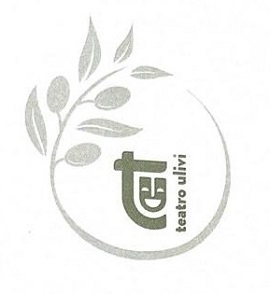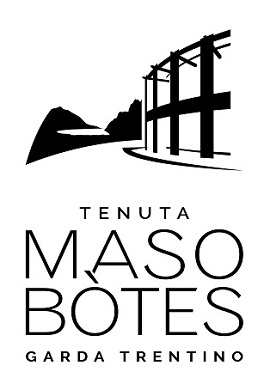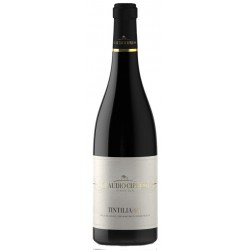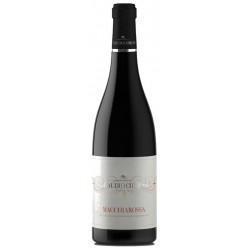

History and Tradition
This area of Italy was inhabited in pre-Roman times by the pre-Indo-European culture of the Piceni and subsequently by various Italic tribes. Known in ancient times as Samnium, the name was changed in the Middle Ages to Aprutium. In the 12th century the emperor Frederick the 1st named the region Listitieratu Aprutii and made it part of the Kingdom of Southern Italy, a political entity that despite many difficulties, maintained its own identity until 1860. L'Aquila, the current regional capital, was founded in 1254, most likely to sustain an anti-imperial uprising in the western part of the region. The Kingdom of Southern Italy, reunited as the Kingdom of the Two Sicilies under Spain in the 15th century, passed from Spain to Austria and, in 1735, became property of the French Bourbons. When Napoleon assumed power, his brother-in-law, Joachim Murat, became the king of Southern Italy. The poet Gabriele Rossetti from Vasto was appointed Secretary of Public Education in the administration of the kingdom. Rossetti later lived in exile in London where his son, Dante Gabriel Rossetti, became a well-known painter and was one of the founders of the pre-Raphaelite movement. The Kingdom of Southern Italy came to an end in 1860, following Garibaldi's victorious campaign that united Italy into the modern state that we know today. Molise and Abruzzo were then joined into a single region known as Abruzzi e Molise. Their status was changed in 1963 they were re-divided into separate entities independent from each other. Only recently have some commercial and industrial and tourist industry infrastructures been built in these sparse mountain areas, providing an alternate source of income from the region's limited agricultural production. Because of historic poor economy and little hope for its peoples' futures, this region was abandoned by its inhabitants for nearly all of its history — especially during the Twentieth century. The Wines There are only three DOC wines produced in Molise — the Biferno, Molise and Pentro. The Biferno, which comes in red, white and rosé, is made around Campobasso. The Pentro, which comes in red, white and rosé as well is made at Isernia. The Molise comes in red and white varietals and is made almost all over the region.

.png)


 - Copia.png)

 - Copia.jpg)







